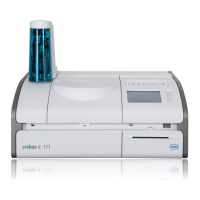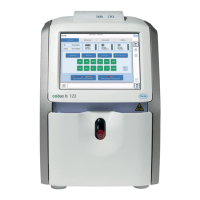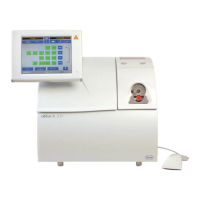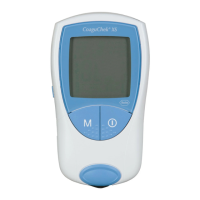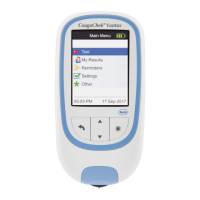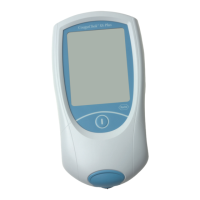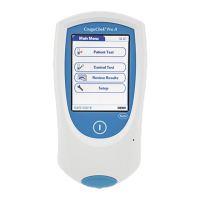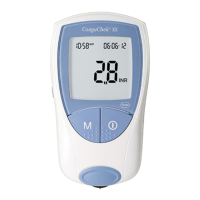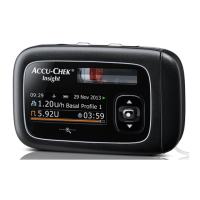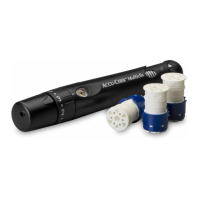52 About tests
Roche Diagnostics
cobas
®
pulse · Software version 01.03 · User Assistance · Publication version 1.0
If no healthcare facility policy exists for collecting
capillary blood, the patient's hands (or heel in the case of
small children) should be thoroughly cleaned and dried.
WARNING!
Incorrect results due to residues on skin
Traces of food on the fingers or fatty residues from hand
cremes or soap products may contaminate the sample
and lead to incorrect results.
Residues of water or disinfectant on the skin can dilute
the drop of blood and lead to incorrect results.
r Wash the puncture site thoroughly and rinse with
plenty of water.
r After washing and disinfecting the site, ensure that
the patient's skin is completely dry before using the
lancing device to collect a capillary blood sample.
i
You should take the capillary blood sample from
the side of the fingertip as this part is the least
sensitive to pain.
u Related topics
• Performing a glucose test (116)
About performing a glucose test
The actions that you take when performing a glucose
test depend on how your instrument is configured.
The following steps in a glucose test are configurable:
• ID confirmation
• Sample type selection
• Test trip ejection
• Comment handling
• Glucose test series
• Insulin entry
Patient confirmation
Your instrument can be configured so that you must
confirm that the patient entered is correct.
2 Overview of the system
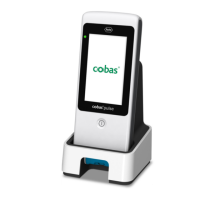
